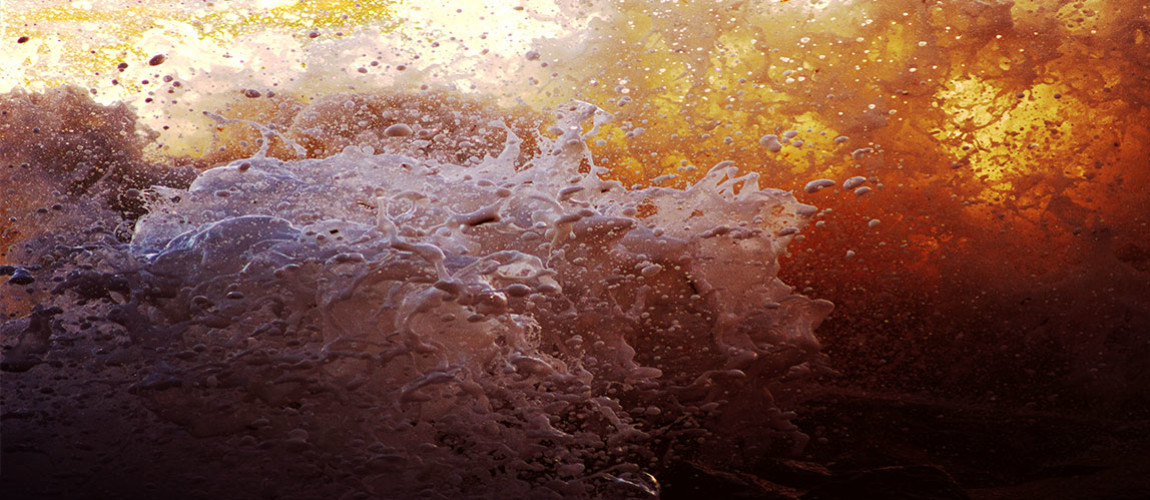Writing with light
Maurizio Albertini, 2018
All photographers know that to have energy and expression good photography must have composition, light, timing and movement.
However, how is it possible to capture the soul, the essence of the moment? What distinguishes a good photo from a predictable representation of a subject or an object? How does the photographic eye grasp the profound and essential nature of reality?
For me, it is very important to think that the image decides to show itself (like someone who wants to be photographed), decides to show itself as it acts in the world thanks to its own autonomous vitality. Then, although this is rare, we feel in sync with it at the moment we take the shot.
We are only the channel through which the image can or cannot come into existence. The freer we are of our inner barriers the more we take away the filters that make us see reality through our prejudices and preconceptions. We colour the world through the filter of our egos. We do not see it objectively, we perceive it subjectively. What is important is to always know this.
Writing with light, taking photographs, allows an image, that is the light, to show itself. Fixing an image is like a birth. It brings something to light, something that was invisible and hidden before, which we can only receive if we are receptive enough.
“For the Surrealists photography was the visual equivalent to what automatic writing represented in poetry. The camera showed the unconscious hidden in perception. In Zen philosophy any artistic gesture is rooted in the act of seeing. It is not a question of ‘making’ a photograph as much as capturing it. A fragment of reality was identified as a moment of the spirit. An event placed within aesthetics. The photographer was not a hunter of images, but a fisherman of moments. He or she cast their line and waited for time and reality to bite. Cartier-Bresson used to say that he did not take photographs, it was the photographs that took him. When he felt the need to leave behind a manifesto he wrote1 this advice: “when you take aim, put head, eye and heart on the same level.”2
Therefore, one could say that only through a spontaneous action (one in which the ego is put to one side as in Oriental martial arts) the inner and outer world fuse together to allow light to manifest its true nature.
The soul and the artist within us can spontaneously emerge, no longer blocked or deformed by excessive subjectivity, even less so by the intervention of reason and the will, with all technique forgotten.
This can be seen so much in photography and art in general!
One can feel the sensation of being observed and of turning towards the person pointing their eyes towards us3. We are able to perceive this sensation that “comes out of the eye” and also from the camera, this energy that ties us to the other, that is irritating or pleasing depending on the situation, that we feel almost touches us.
In fact, the eye is the organ that ties the inner to the outer and in photography the inner, the soul and the personality behind the lens always emerge.
Each one of us is an actor on the stage of the world. Every actor asks for love and continual attention from the observant eye, when they go on stage with all their weaknesses, vulnerability and expressive qualities. Every baby needs to attract the attention of their parents to grow and exist.
Perhaps these comments are also true for nature and reality in general. These exist only if we observe them, if we truly perceive them, if we become aware of them, through photography too.
In this collection of photographs, taken over a period from 2015 to 2018, I have above all tried to select and show impressions I got from Liguria, Provence and the Maritime Alps (even though there are some brief excursions to other regions and towns, they are in the minority). The main subject of the images is Nature (the rocks, the trees). I have also tried to capture the people in their natural essence, for as much as this is possible.
1Henri Cartier-Bresson, L’immaginario dal vero, Milano, Abscondita, 2005.
2Joan Fontcuberta, La (foto)camera di Pandora, Contrasto, Roma, 2012.
3Rupert Sheldrake, The sense of being stared at, 2003. Trad. it. La mente estesa, il senso di sentirsi osservati e altri poteri inspiegati della mente umana. Urra ed. 2018.
